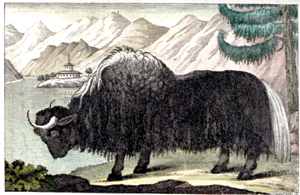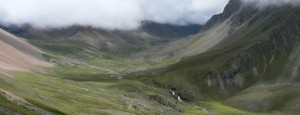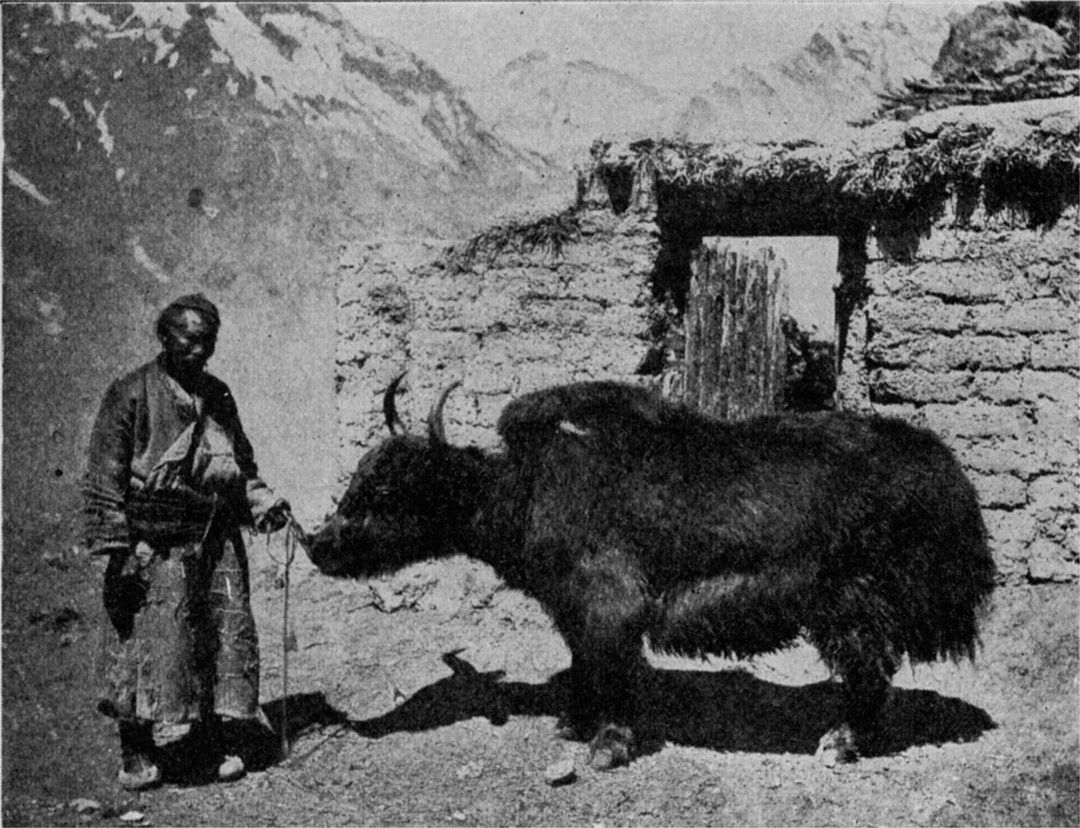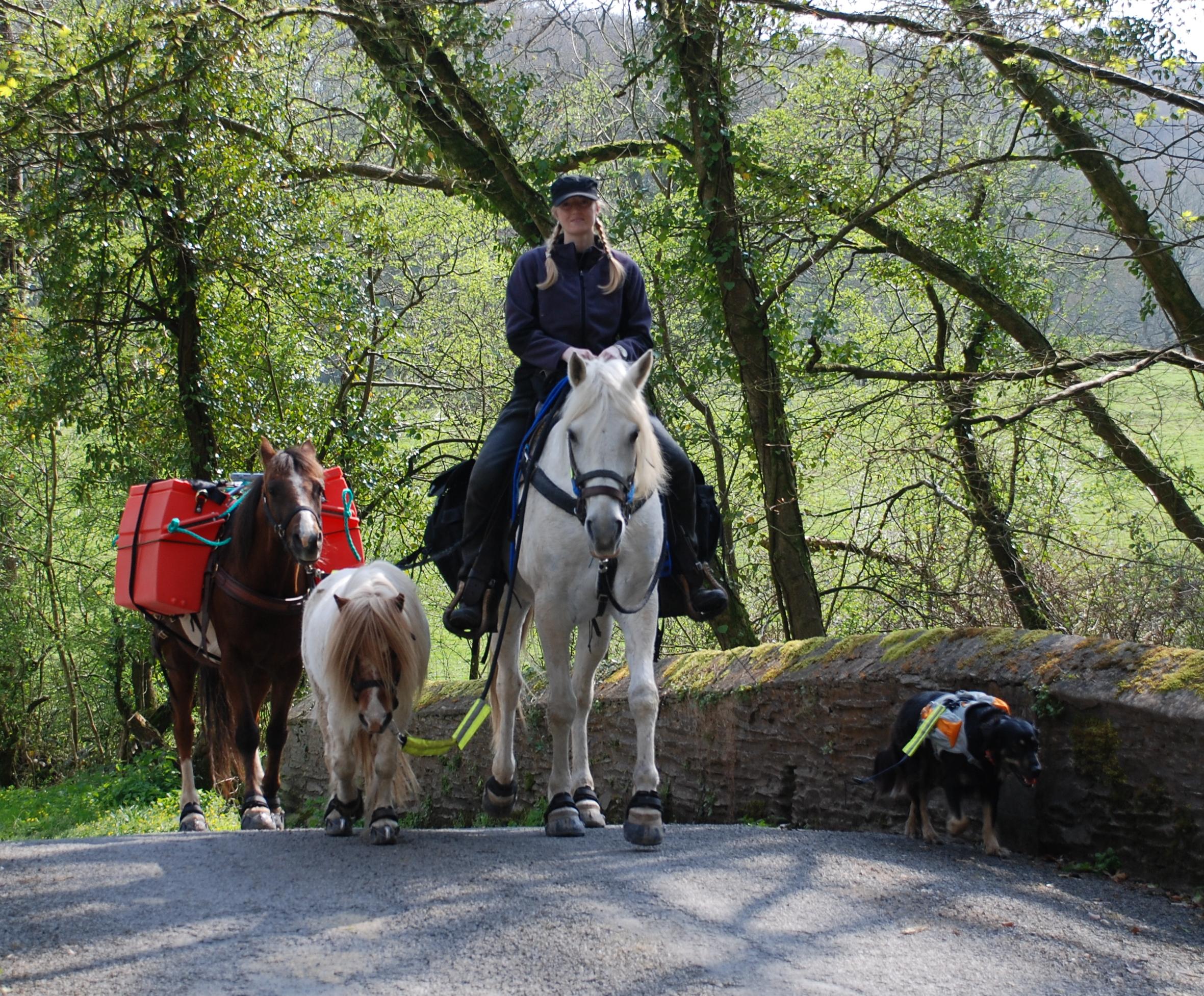A long time dream of mine I´d like to fulfill, is visiting the home of the yak – Bhutan. Both animal and country have fascinated me for a long time, but the chance just hasn´t occurred. Oddly enough, a couple of days after I spend some time on the net looking for good stories to share with you readers, my great friend CuChullaine O´Reilly introduced me to a Bhutanese, Tshering Tashi and he supplied me with this great Yak-story! I hope it will lead to me ending up in Bhutan one day! Until than, I can tell you when you read this, I am visiting the most spectacular wilderness area of Europe. I will tell you were in the next blog report!
The Yak of Tartary
by
Tshering Tashi
The first yaks to be seen in Europe were from Bhutan. In 1783, a British captain, Samuel Turner, who came on a trade mission to Bhutan was so fascinated with the animal that he arranged for two of them to be sent to his patron, Warren Hastings, in England.
“I had the satisfaction to send two of this species [yaks] to Mr. Hastings after he left India, and to hear that one reached England alive,” wrote the East India company officer, Samuel Turner, in his book, Bhutan and Tibet. The yak was kept in the Whipsnade Zoo, where its keeper christened it ‘Yak of Tartary.’
The books say that only the bull survived the long journey. When it landed in England it was in a torpid languid state. But it quickly recovered its health and became energetic, fathering many calves from the cows in the zoo. However, only one calf survived which bore a calf by connection with an Indian bull. Both of Turner’s books, Bhutan and Tibet and An Account of an Embassy to the Court of Teshoo Lama in Tibet have the painting of the Bhutanese yak.
Yak is endemic to the Himalayas, and few people in the West had seen the big hairy creature. So, when it arrived in England, the animal created a lot of curiosity and many people flocked to see it. Some of the visitors started to learn about yaks and called it the “Camel of the Snow”.

The patron of the yak, Hastings commissioned the English painter George Stubbs to make an engraving of the yak. The painting was first published on March 25th, 1800 by G&W. Nicol Pall Mall. In these two paintings, the yak is seen standing on the bank of a river in front of a monastery with dramatic mountains. The painting has been reproduced in some books and one Italian artist has re-produced it in color. It is quite obvious that Stubbs had never been to Bhutan and used his imagination to draw the landscape.
On the bottom right of the painting, Stubbs drew some vegetables which the yak is eating. A Western historian has identified this vegetable as a species of Bhutanese turnip. Until today, this winter vegetable is grown in abundance and is a good winter fodder for cattle.
The painting shows the yak’s shaggy head bent downwards. The Kirghiz tribe of Afghanistan tells stories of how the yak is looking for his lost brother.
A similar story is told in Bhutan but about how its lost brother is always looking up to see when the yak is coming. Bhutanese folklore has it that it in the past the buffalo was one with a shaggy coat. It lived in the foothills with its friend the yak. At that time, salt was imported mainly from Tibet essential nourishment for these two animals. Without any salt lakes in the country, one day the yak decided that it would venture into Tibet to get their supply of salt. The buffalo agreed to lend its hair to protect his friend from the severe cold. The yak went north and never returned. That is why the buffalo is always looking upwards to see if the yak is returning with the salt and his coat.
Why the Yak of Tartary?

From the Middle Ages until the twentieth century, the Europeans referred to people from the north and central Asia (inhabited by the Turks and Mongolians) as “Tartars.” Sometimes Tibet and Bhutan were referred to as Tartars and hence the name.
A Shaggy Yak Story
Additional details of the Bhutanese Yak in London are found in Peter Somerville Large’s book, A Shaggy Yak Story, Forty years of Unfinished Journeys. In the book, Large talks about how, the ‘Camel of the Snow’, suffered the long arduous journey to London. “Though naturally not intractable in temper, yet soured by the impatient and injudicious treatment of his attendants during a long voyage, it soon became dangerous to suffer this bull to range at liberty abroad.”
According to the author who was arrested and sent back to India in 1955 for illegally entering Bhutan, the Bhutanese yak was hostile towards horses. At one time after a knob came off from its horn, it gored one of Hastings’s valuable coach-horse, lacerating the entrails and killing it. After that the ‘Yak of Tartary’ was kept in an enclosure, separate from the horses, to prevent such accidents. The pasture was big and was of the same size of the horse pastures. Large helped reintroduce yaks in Turkey and apparently these yaks were from the Whispsnade zoo and could have been a descendant of the Yak of Tartary.
Yaks were first domesticated in Tibet in the first millennium B.C. In 1783 the first yaks arrived in England. By 1988, there were many of them in Europe but Bhutan still has one of the highest numbers of yaks in the world. According to the 2007 livestock census, it has 51,500 yaks.
Tshering Tashi is MD of jojos adventure Bhutan (www.jojos.com.bt). He enjoys writing and has done considerable amount of research in human science; anthropology and history of the small kingdom of Bhutan. He is the co-author of Bold Bhutan Beckons (www.copyright.net.au) symbols of Bhutan and written Mysteries of the Raven Crown. Tshering lives in Thimphu.


